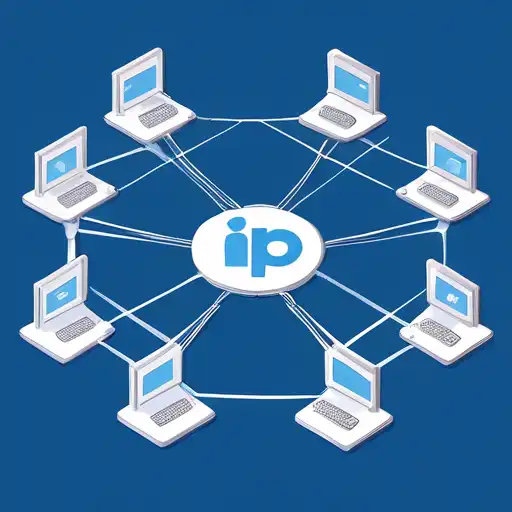Introduction to IP Addresses
In the digital world, understanding the basics of networking is crucial, and at the heart of this knowledge lies the concept of IP addresses. An IP (Internet Protocol) address is a unique identifier assigned to each device connected to a network, enabling them to communicate with each other. This guide will walk you through the essentials of IP addresses, their types, and their role in networking.
What is an IP Address?
An IP address is a numerical label assigned to each device participating in a computer network that uses the Internet Protocol for communication. It serves two main functions: identifying the host or network interface and providing the location of the host in the network.
Types of IP Addresses
There are two main types of IP addresses: IPv4 and IPv6. IPv4 addresses are 32-bit numbers often displayed in decimal format, such as 192.168.1.1. Due to the exponential growth of the internet, IPv6 was introduced, which uses 128-bit addresses, allowing for a vastly larger number of unique addresses.
How IP Addresses Work
When you type a website's name into your browser, a Domain Name System (DNS) server translates the name into an IP address that your computer can understand. This process is crucial for the functioning of the internet, as it allows devices to locate and communicate with each other across the globe.
Static vs. Dynamic IP Addresses
IP addresses can be static or dynamic. A static IP address remains constant, making it ideal for hosting websites or services. On the other hand, a dynamic IP address is assigned by a DHCP server and can change over time, which is common for residential internet connections.
Why Understanding IP Addresses is Important
Grasping the concept of IP addresses is fundamental for anyone looking to delve into networking, cybersecurity, or even basic IT troubleshooting. It enables you to understand how devices communicate over the internet and how to secure your network effectively.
Conclusion
IP addresses are the cornerstone of internet communication, enabling devices to identify and locate each other on a network. Whether you're a budding IT professional or just curious about how the internet works, understanding IP addresses is a step towards mastering the basics of networking.
For more insights into networking basics, check out our guide on Networking Fundamentals.
